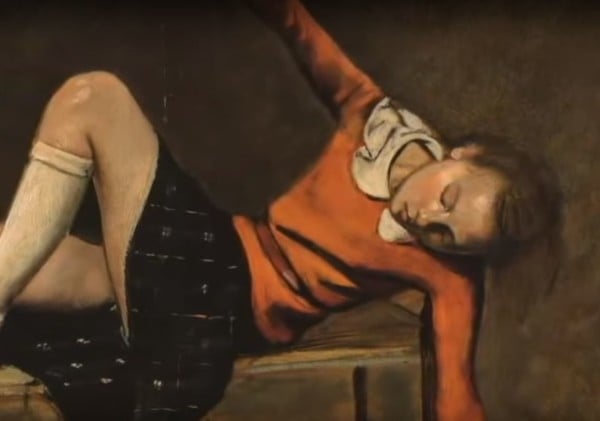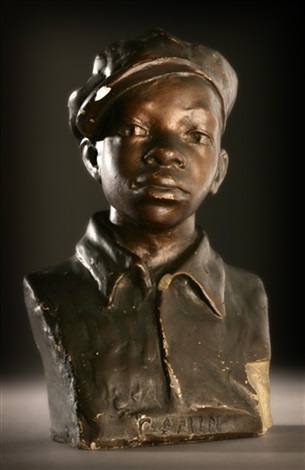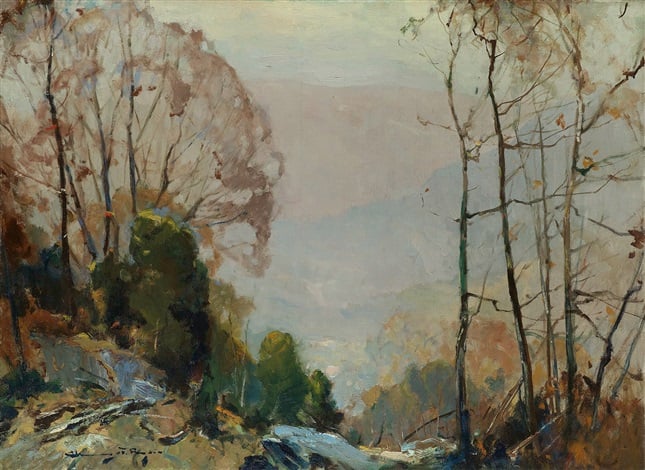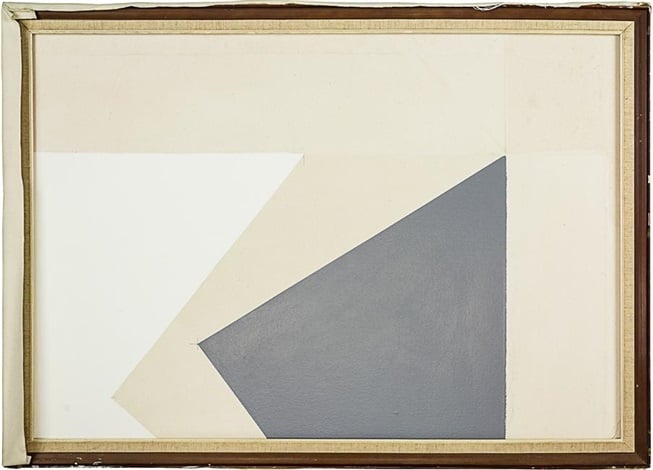People
Here Are Five Artists You Probably Didn’t Know Were Born on a Leap Day
This goes out to those born on February 29.

Photo: YouTube.
This goes out to those born on February 29.

Rain Embuscado

Every four years, when our Gregorian calendar picks up that additional day at the end of February, we remember that a special tribe of people experience their birthdays in an entirely different way.
The odds of being born on February 29 are pretty slim—about 1 in 1,461—but Leap Day babies count some notable art world personalities among their numbers. To commemorate the occasion, we decided to turn our attention to artists who were born on Leap Day, from Augusta Savage, a beloved luminary of the Harlem Renaissance, to the controversial modernist painter Balthus.

Augusta Savage, Gamin (1940).
Photo: artnet.
1. Augusta Savage (1900–1962)
Widely considered to be both a leader and product of the early 20th century’s Harlem Renaissance, American artist Augusta Savage was a portrait sculptor known for depicting both the prominent and quotidian African Americans of her time. Her artistic legacy includes founding the Savage Studios of Arts and Crafts in Harlem and the tutelage of a number of notable artists, including Jacob Lawrence.
2. Balthus (1908–2001) (pictured at top)
Polish-French painter Balthus, who decidedly diverged from the trends of the early 20th century’s Modernist movement, is probably most remembered for his voyeuristic portraits of young girls. Despite repeated accusations of pedophilia throughout his career (his work continues to attract controversy to this day), Balthus is represented in a number of notable collections, including New York’s Museum of Modern Art and the Philadelphia Museum of Art, among others.

Chauncey Foster Ryder, Indian Summer
Photo: artnet.
3. Chauncey Foster Ryder (1868–)
American painter Chauncey Foster Ryder is probably best-known for his deeply-muted landscape portraits of New England. After completing his studies at the Art Institute of Chicago and enjoying high-profile exhibitions in Paris and New York, Ryder and his wife settled down to a quiet life in New Hampshire. According to Cooley Gallery in Old Lyme, Connecticut, Ryder gained repute due to an easily identifiable palette featuring the “Ryder green… that was, in part, responsible for the pleasing quality and unique character of his work.”

John Edward Costigan, Mother and Child (1925).
Photo: artnet.
4. John Edward Costigan (1888–1972)
With deep ties to some of New York City’s oldest arts schools, including New York’s National Academy of Design and the Art Students’ League of New York, John Edward Costigan was a figurative artist who worked across several mediums in his colorful depictions of rural life. According to the Caldwell Gallery in Manlius, New York, Costigan participated in exhibitions at the Whitney Museum of American Art and the Metropolitan Museum of Art, both in New York. His work is included in the collections of the Smithsonian American Art Museum in Washington, DC, and the Art Institute of Chicago among others.

Julian Dashper,
Composition in Three Parts (1990).
Photo: artnet
5. Julian Dashper (1960–2009)
At the time of his death in 2009, the New Zealand Herald praised Julian Dashper as one of New Zealand’s “most consistent and challenging artists.” According to Dasher’s website, the artist’s practice was deeply concerned with the political and artistic trajectory of his country. He was interested in New Zealand artists’ relationship with Modernism and in challenging the art historical canon, or “the list of artists regarded by the culture as great.”